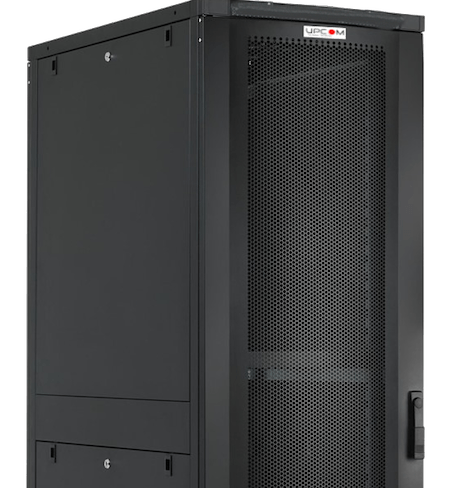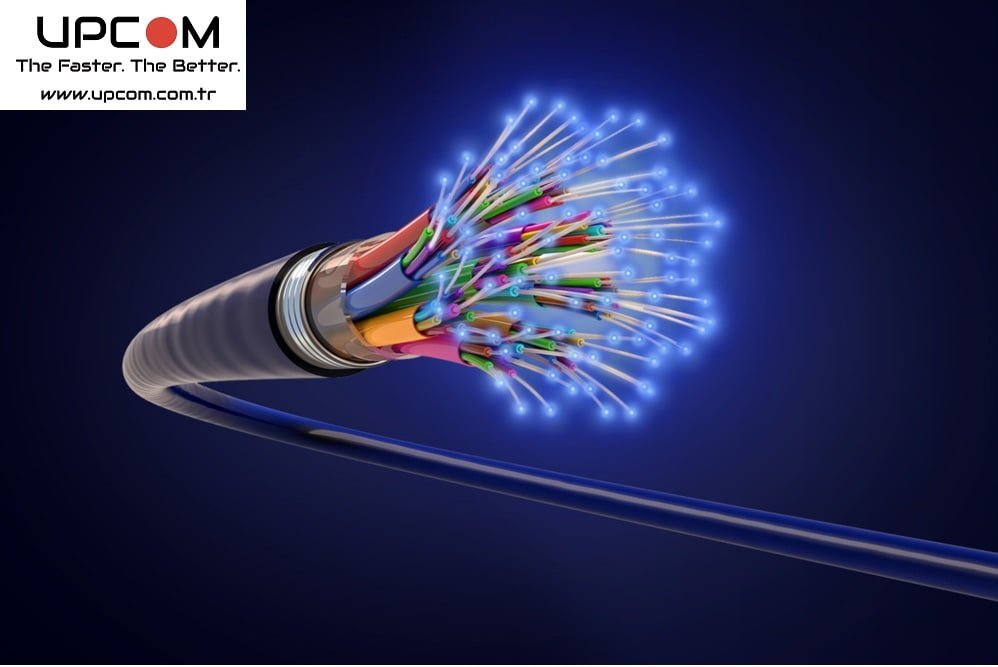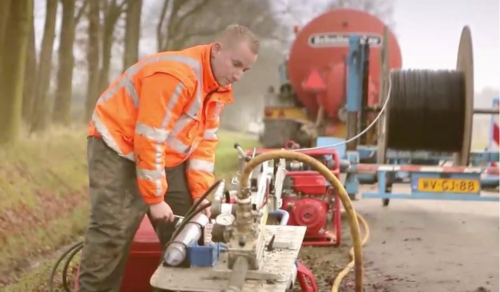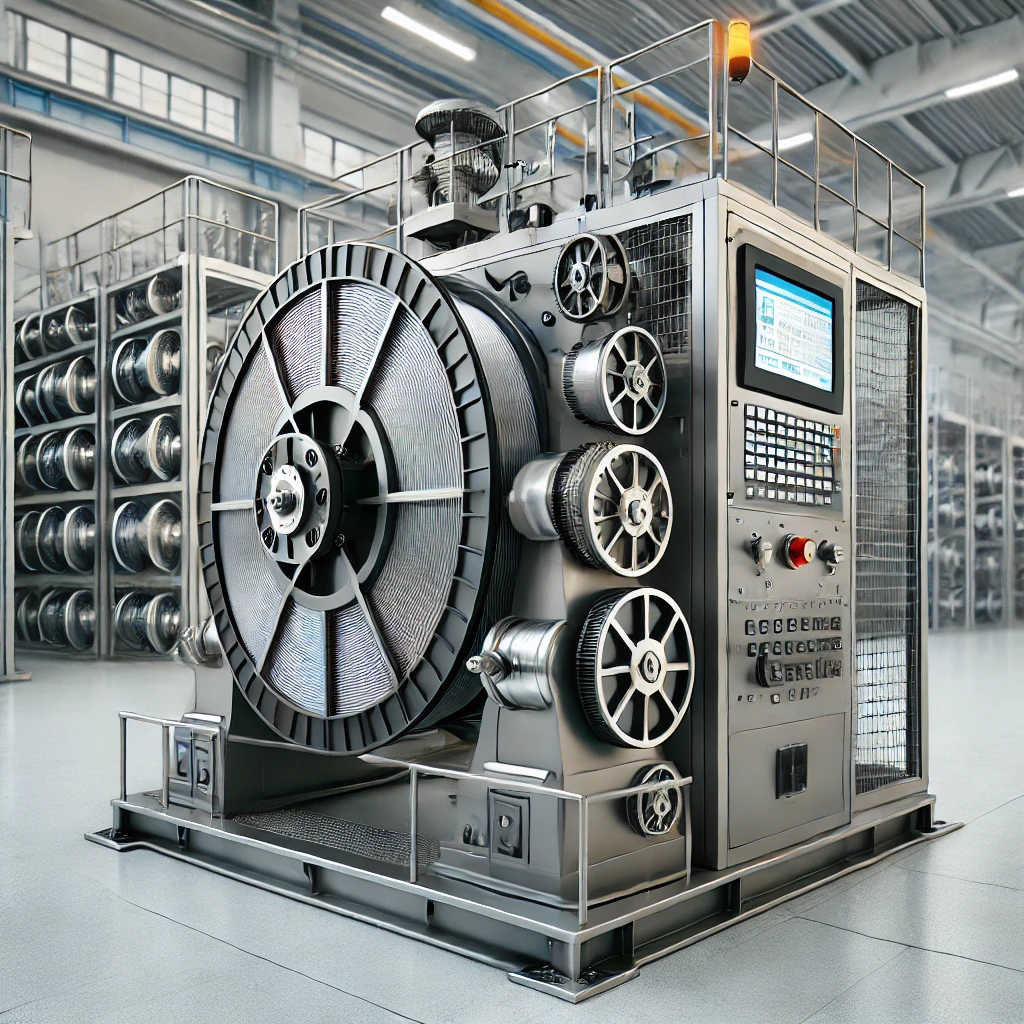
03 Mar Advancements in Fiber Optic Technology: Improving Bandwidth and Transmission Rates
Fiber optic technology has revolutionized the way we communicate, providing faster and more reliable data transmission over long distances. The use of fiber optic cables has become increasingly popular in recent years, and the technology continues to evolve at a rapid pace. In this article, we will explore the advancements in fiber optic technology, specifically the improvement of bandwidth and transmission rates.
Bandwidth Improvement - Fiber Optic Technology
One of the most significant advancements in fiber optic technology is the increase in bandwidth capacity. Bandwidth refers to the amount of data that can be transmitted over a given period of time. In the past, the maximum bandwidth of a fiber optic cable was limited by the type of fiber and the equipment used to transmit the signal.
However, with the development of new fiber types and more advanced transmission equipment, the bandwidth capacity of fiber optic cables has increased significantly. For example, single-mode fiber optic cables, which have a smaller core size and use a single wavelength of light, can transmit data at rates of up to 100 Gbps. This is a vast improvement from the 10 Gbps rates that were considered cutting-edge just a few years ago.
In addition to increasing bandwidth capacity, advancements in fiber optic technology have also made it possible to transmit data over longer distances without losing signal quality. This is achieved through the use of specialized equipment, such as erbium-doped fiber amplifiers (EDFAs), which amplify the signal without distorting it.
Transmission Rate Improvement
Another important advancement in fiber optic technology is the improvement of transmission rates. Transmission rate refers to the speed at which data is transmitted through a fiber optic cable. The higher the transmission rate, the faster the data can be transmitted.
Advancements in transmission equipment, such as modulation formats and error correction techniques, have made it possible to increase the transmission rates of fiber optic cables. For example, coherent detection, which uses a complex modulation format to encode data, can achieve transmission rates of up to 400 Gbps over a single wavelength. This is a significant improvement from the 100 Gbps rates that were considered cutting-edge just a few years ago.
Improvements in transmission rates have also made it possible to transmit data over longer distances without the need for signal regeneration. This is important for applications such as long-haul telecommunications, where signal regeneration can be costly and introduce delays in the transmission.
Conclusion
Advancements in fiber optic technology continue to push the boundaries of what is possible in terms of data transmission. Improvements in bandwidth capacity and transmission rates have made it possible to transmit more data at faster speeds over longer distances than ever before. As a leading distributor of fiber optic cables and accessories, [Company Name] is committed to staying at the forefront of these advancements to provide our customers with the most advanced and reliable fiber optic solutions.
11 reasons why the future belongs to fiber optic
11 Reasons Why the Future Belongs to Fiber Optic “The future belongs to fiber optics!” This bold claim is backed by compelling reasons. Fiber optic technology is not just an upgrade—it’s a transformative infrastructure shaping how we connect, communicate, and consume information. Here are 11......
19″ Rack Cabinet
What is a 19” Free Standing Rack Cabinet? 19” free standing rack cabinets provide a robust, cost-effective enclosure solution. PDU mounting or connectivity on both the front and rear of the cabinet. The Free Standing 19” Rack cabinets are ideal for high-density data center environments,......
5 Fan Facts About the Fiber Optic Cables
Fiber optic cables are a type of cable that use glass or plastic fibers to transmit data. Here are some interesting facts about fiber optic cables: Speed: Fiber optic cables are capable of transmitting data at much faster speeds than traditional copper cables. This makes......
Advancements in Fiber Optic Technology: Improving Bandwidth and Transmission Rates
Fiber optic technology has revolutionized the way we communicate, providing faster and more reliable data transmission over long distances. The use of fiber optic cables has become increasingly popular in recent years, and the technology continues to evolve at a rapid pace. In this article,......
All about fiber optics
What does a fiber optic cable do? A fiber optic cable is a type of cable that uses glass or plastic threads to transmit data. These threads, or fibers, are extremely thin and are surrounded by a protective coating. They are able to transmit data......
Best Fiber Optic Cabling Installation Practices Guide
Fiber optic cabling installation is a complex process that requires specialized knowledge and equipment. Here are some best practices for fiber optic cabling installation to ensure a successful and reliable installation: Plan the Installation: Before starting the installation, it is important to plan......
Cable Blowing by Pressurized Air / Fiber Optic Cable Blowing Procedure
Cable Blowing (Sometime called air assisted cable blowing, Cable Blowing by Pressurized Air, air blowing, jetting and all these words are describing method of cable blowing with pressurized air) Cable Installation has been always a challenge for installers. There are several method to lay the......
Cable Blowing Lubricant
Cable blowing lubricants are specially formulated lubricants used to lubricate cables as they are being pulled through conduits or other tight spaces during the installation process. The lubricant is applied to the cables before they are pulled, and it helps to reduce friction and make......
Cable Blowing Machine work
Cable Blowing Machines here Click here to find out Cable Blowing Machine Product Portfolio Click Here Cable blowing machines, also known as a jetting machine or fiber optic cable blowing machine, is a device used to blow cables, such as fiber optic cables, into ducts......
Cable Spooling Machines: The Ultimate Guide to Efficient Cable Handling
In industries such as telecommunications, energy, manufacturing, and infrastructure, the need for Cable Spooling Machines have never been greater. Traditional manual spooling methods can lead to inconsistencies, labor-intensive processes, and increased cable damage. This is where cable spooling machines revolutionize operations by ensuring precise, automated, and......










